|
Morphogenetic
Points:
clues for possible implication of
the Acupuncture Meridian System
as a physical mold in evolution
and development of species
© 2008-2017 Stefano Marcelli
home/table of contents -
previous -
next
| |
:: brown
text means unrevised translation or incomplete work
::
NB: the author uses the words "channel", "meridian" and "vessel" as synonyms to define the system of lines, tubes or slices transporting the undemonstrated energy called Qi (pronounce "tchi") to all parts of the body. Anyway he considers "meridian" more suitable for scientific speech and literature, also because it is already employed in other fields of knowledge as in geography and morphogenesis.
|
|
Bladder Meridian
Point BL-2 Zǎn
Zhú
攒竹
(Gathering Bamboo)
In regard to BL-2 Zanzhu, point of the Bladder
Meridian, the book "Acupuncture, Meridian Theory and
Acupuncture Points" by Li Ding, states:
"Zan means to gather together, referring to
the movement of the eyebrow in the act of frowning. Zhu means
bamboo leaves and refers to the shape of the eyebrow; when one
frowns, the eyebrow looks like a piece of bamboo leaf. The point is
at the medial end of the eyebrow, hence the name Zanzhu (gathering
eyebrow)".
| |
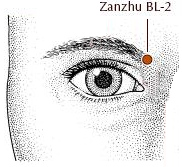
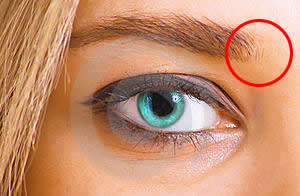 |
Metaphorically speaking, could you "gather"
bamboo from the eyebrow at the acupuncture point BL-2 Zanzhu?
In men not, but in some animals you could, as showed below. This
indicated that the ancient Chinese, though had not drawn charts of
animal acupuncture meridian system, imaged or truly saw animals to
have their own meridians and points. Astonishingly, in the picture
of the baby elephant seal, here below on the right, beside the
strongly evident BL-2 points, is also visible the extra point Jiabi
(just above the point Bitong), composed with two single hairs along
both sides of the nose (from Royston Low, The Non Meridial Points
of Acupuncture, Thorsons 1988).
|
|
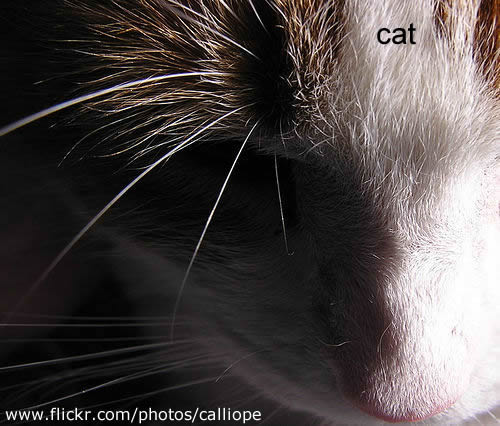 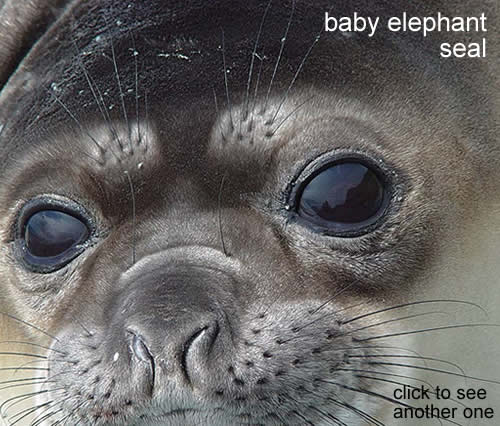 |
|
 |
|
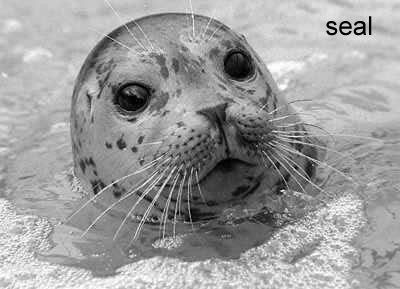  |
|
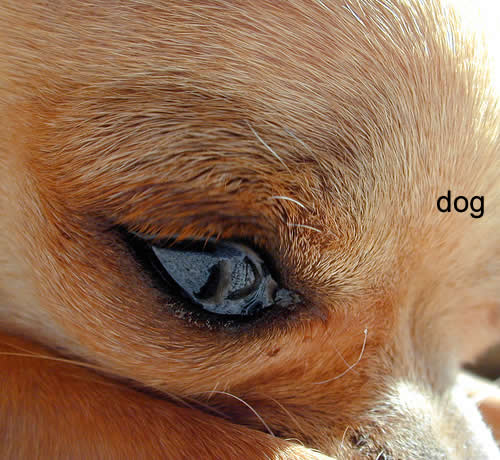 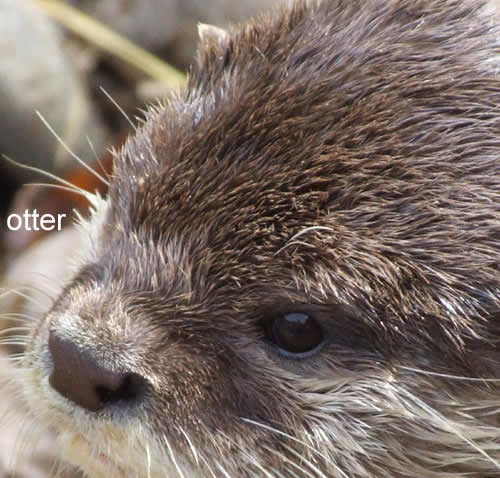 |
|
◊ |
|
Dumai Governor Vessel
Point GV-20 Bǎi
Huì
百会
(Hundred Meetings)
|
GV-20 Baihui, point of Dumai, Governor Vessel,
is a one of the most important points of acupuncture, acting on
several body and mind functions. It is called Bai Hui because
"hundred" meridians meet here. Exactly at the coincident anatomical
area, differently from mammalians, some birds present special
features, like a little umbrella of feathers in peacock and Siamese
fireback, a fan in secretary bird, a real crown in the gray
"crowned" crane, and a tuft in certain varieties of duck and goose.
This should be a point with morphogenetic properties already in
previous stages of the evolution, where birds are the first
warm-blooded animals (the last cold-blooded being reptiles). We know
warmth goes upward, and like men birds have the erect posture. The
point Baihui founds at the very top of the head, where warmth
emerges from the body. Thus, the special somatic feature, localized
in this position, could be a way to control the warmth dissipation
(in certain mammalians effectuated
through
head
sweating) and flying.
|
|
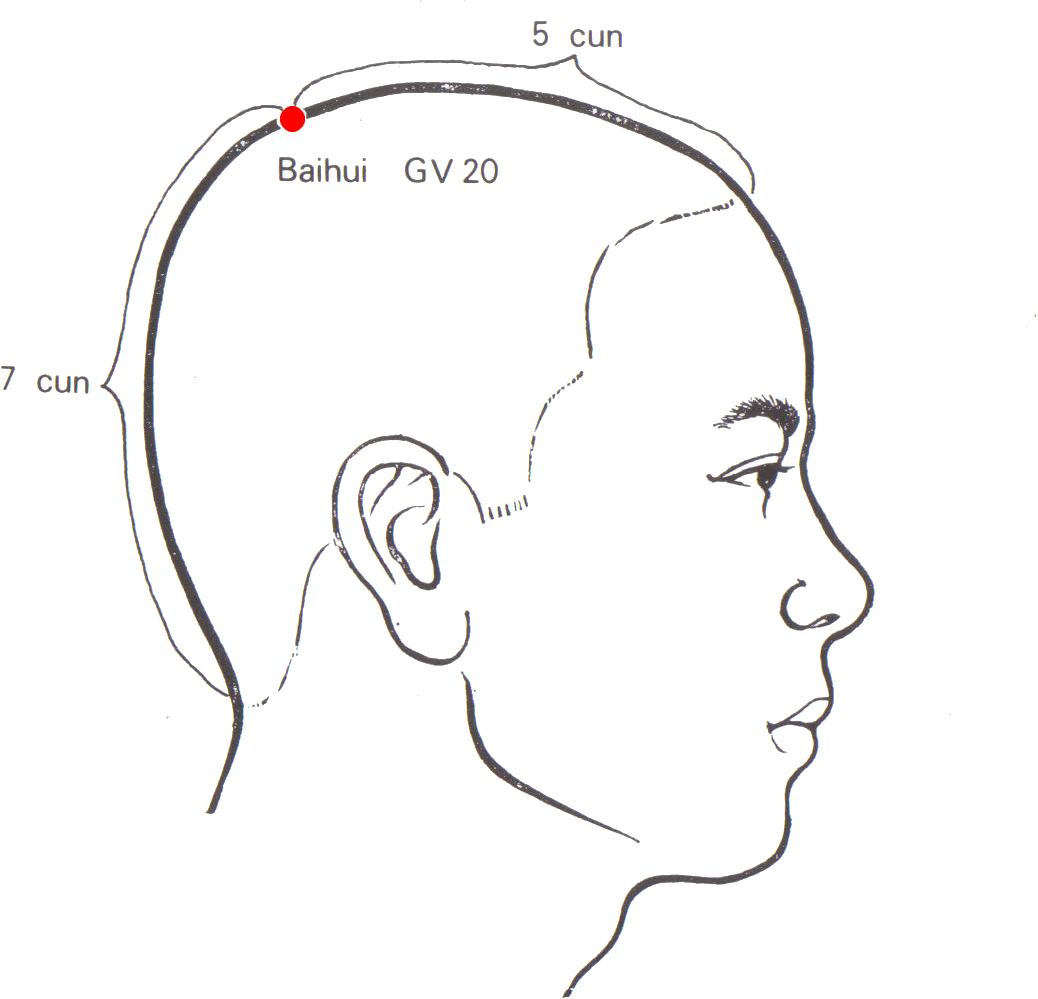 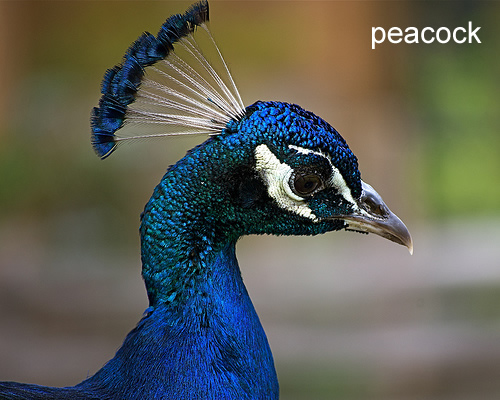 |
|
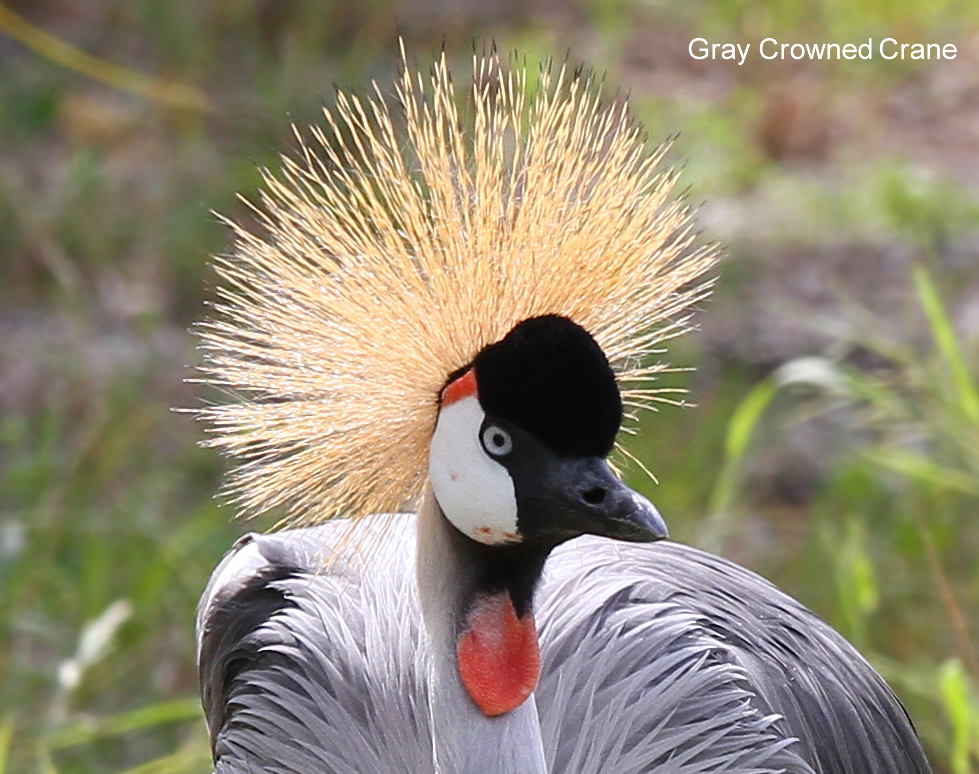 |
|
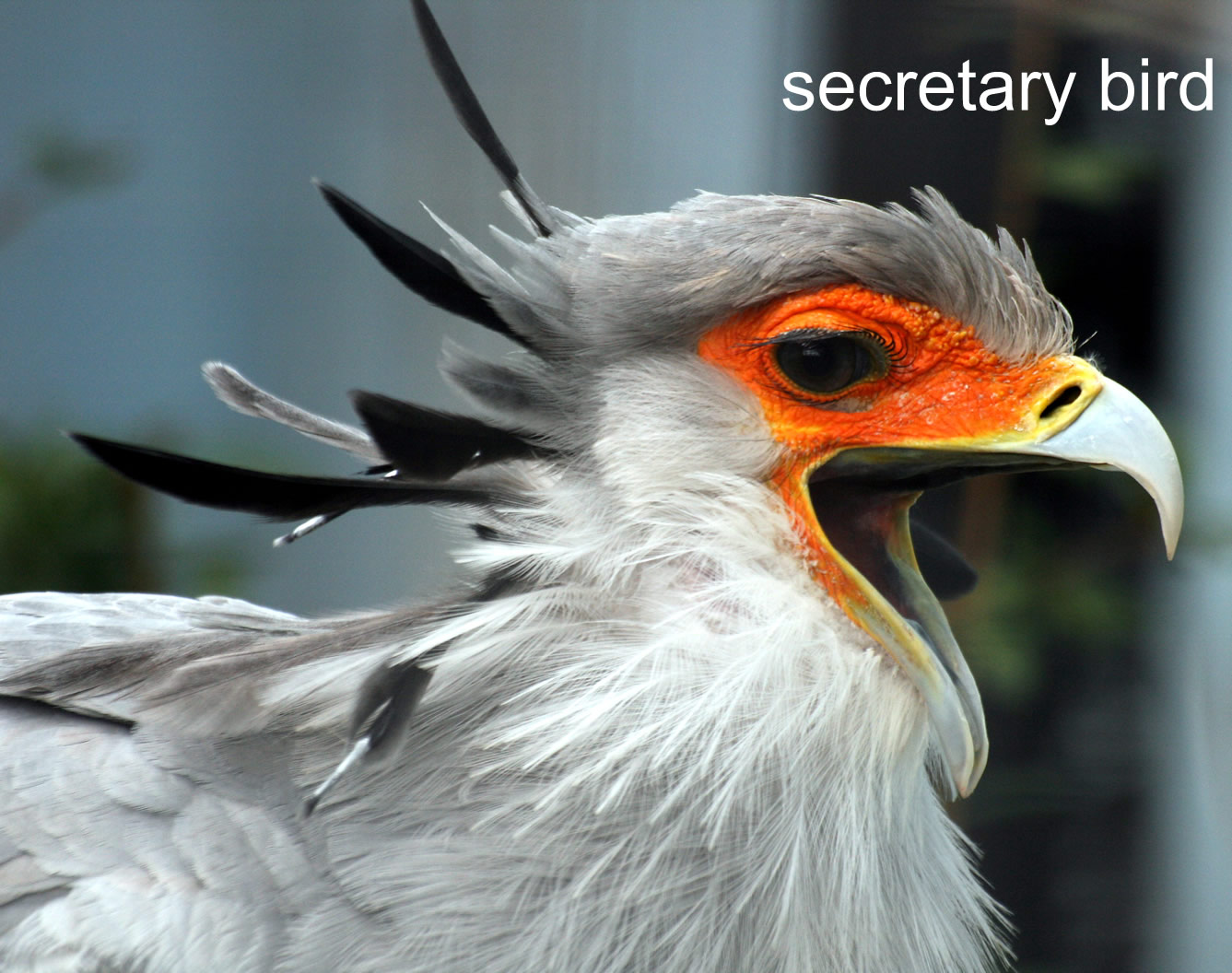 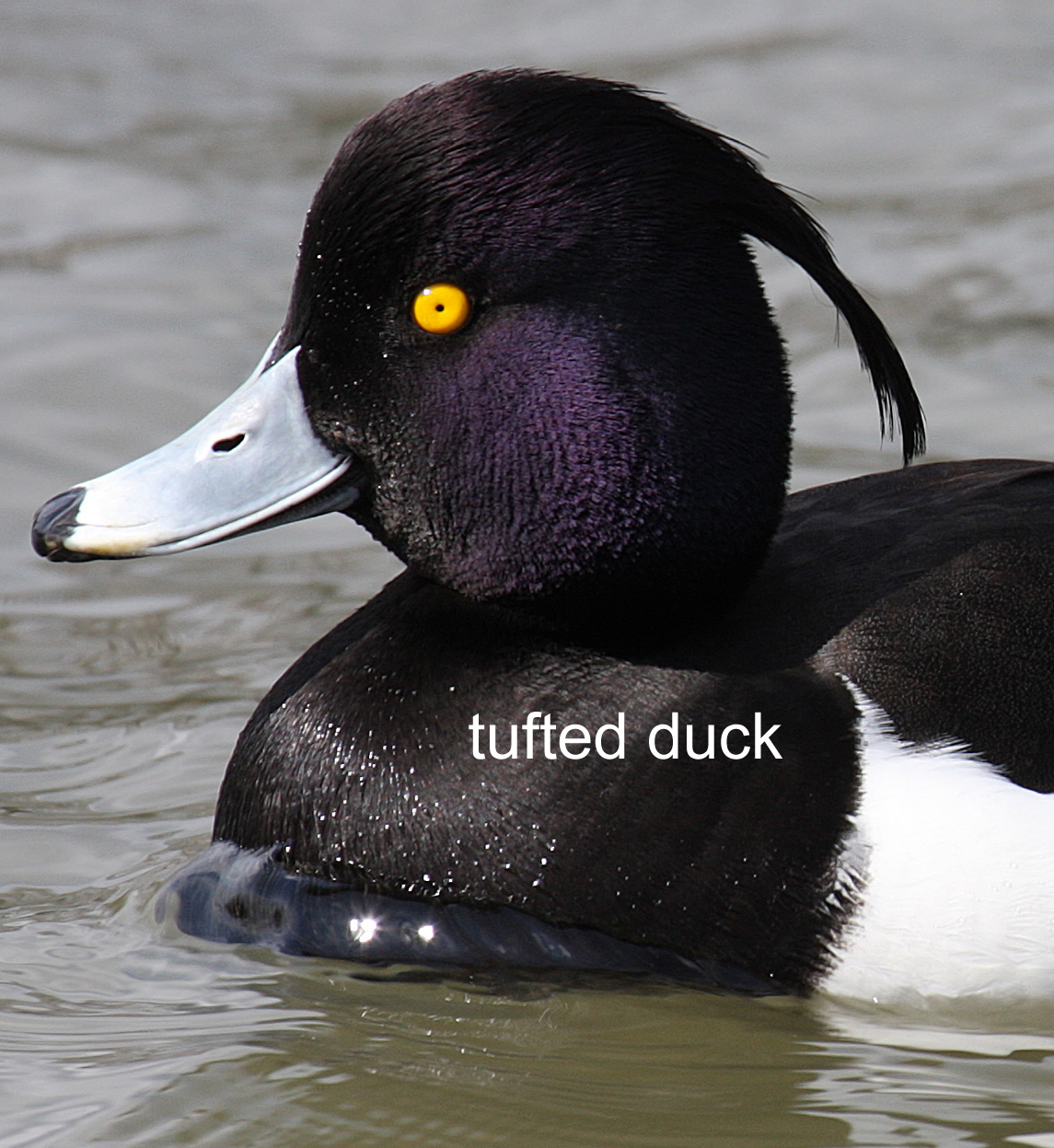 |
|
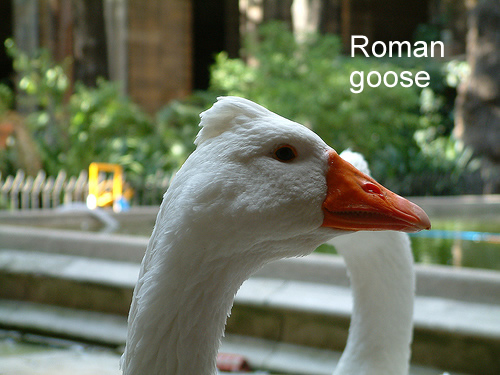 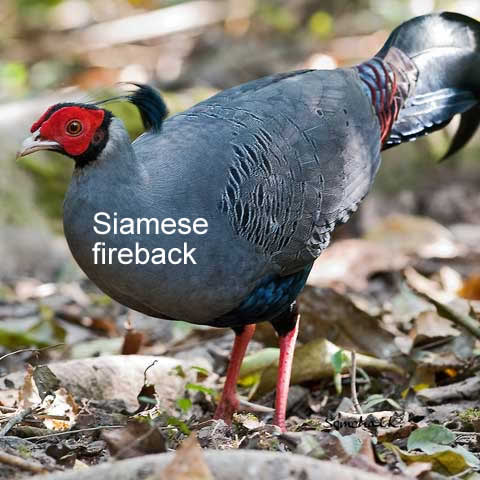 |
|
◊ |
|
Point out of meridian
EX-HN 2 Yìn Táng
印堂
(Hall of Seal)
Ex-HN Yintang is the
third Extra-meridian point of Head and Neck. It is situated midway
between the eyebrow heads on the Governor Vessel Dumai path. The name
comes from the habitude of certain old people to mark this point with
red ink. It is said to treat headache, dizziness and vertigo, insomnia, poor memory, epilepsy, hemiplegia and mental retardation. It calms the
mind, reduce and stop pain and relieve spasms. Once again, though nearly
anonym in the human body, with no special anatomical apparent features,
an acupuncture point can be more identifiable and significant in
animals. We have found that horse and cow could have in this point or at
little distance from it a hair whorl as shown in the pictures below.
|
|
|
 |
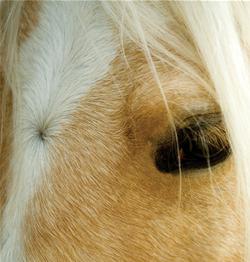
|
|
|
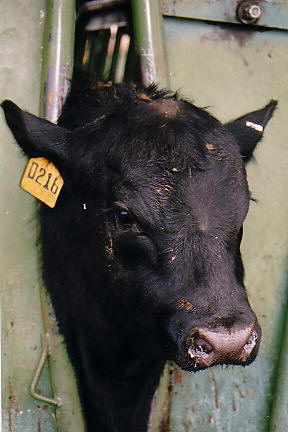 |
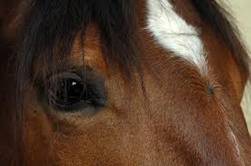 |
|
In horses this whorl has been
put in relation to individual temperament and behaviour. Further useful
informations are available at the following links:
http://en.wikipedia.org/wiki/Hair_whorl_(horse)
http://barndoortagz.blogspot.it/2010/12/give-it-whorl.html
Out of curiosity,
for the human fantasy it not difficult to create an Unicorn (in a
Domenichino's painting below right) by merging a turritella shell
(picture below left, wikipedia) with a white horse frontal whorl.
|
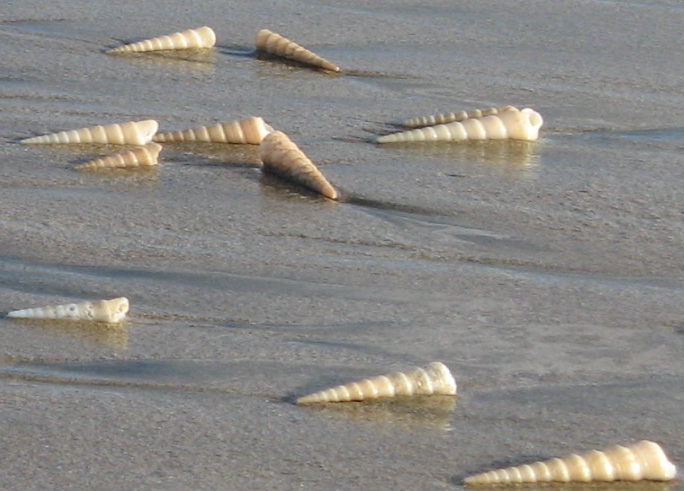 |
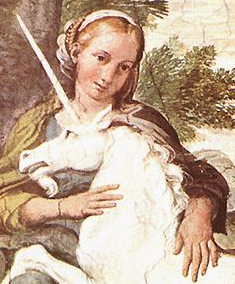 |
|
◊ |
|
Gall Bladder Meridian
Point GB-14
Yáng
Bái
阳白
(Yang White)
The point GB-14 Yangbai is
situated one cun above the midpoint of the eyebrow, at the spike of
the very acute angle formed by the Gall Bladder meridian on the
forehead. Here the meridian inverts its direction, passing from the
lateral to the upper side of the skull. According to the tradition
its name means a brilliant (white) yang point. It is said to
brighten the eyes, treat headache, pain of ocular region, blurred
vision, twitching of eyelids, wind invasion of the head and relieve
spasm. At least in horse and donkey Gb-14 anatomically corresponds
to a deep hole, or foramen, because differently from many mammals
their frontal bones, as possibly those of other equines, are opened.
Curiously, the horse biliary apparatus lacks of the drainage bag.
|
|
|
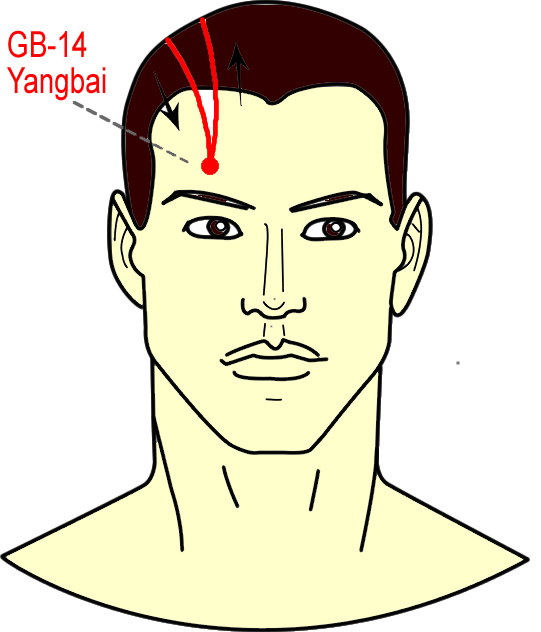 |
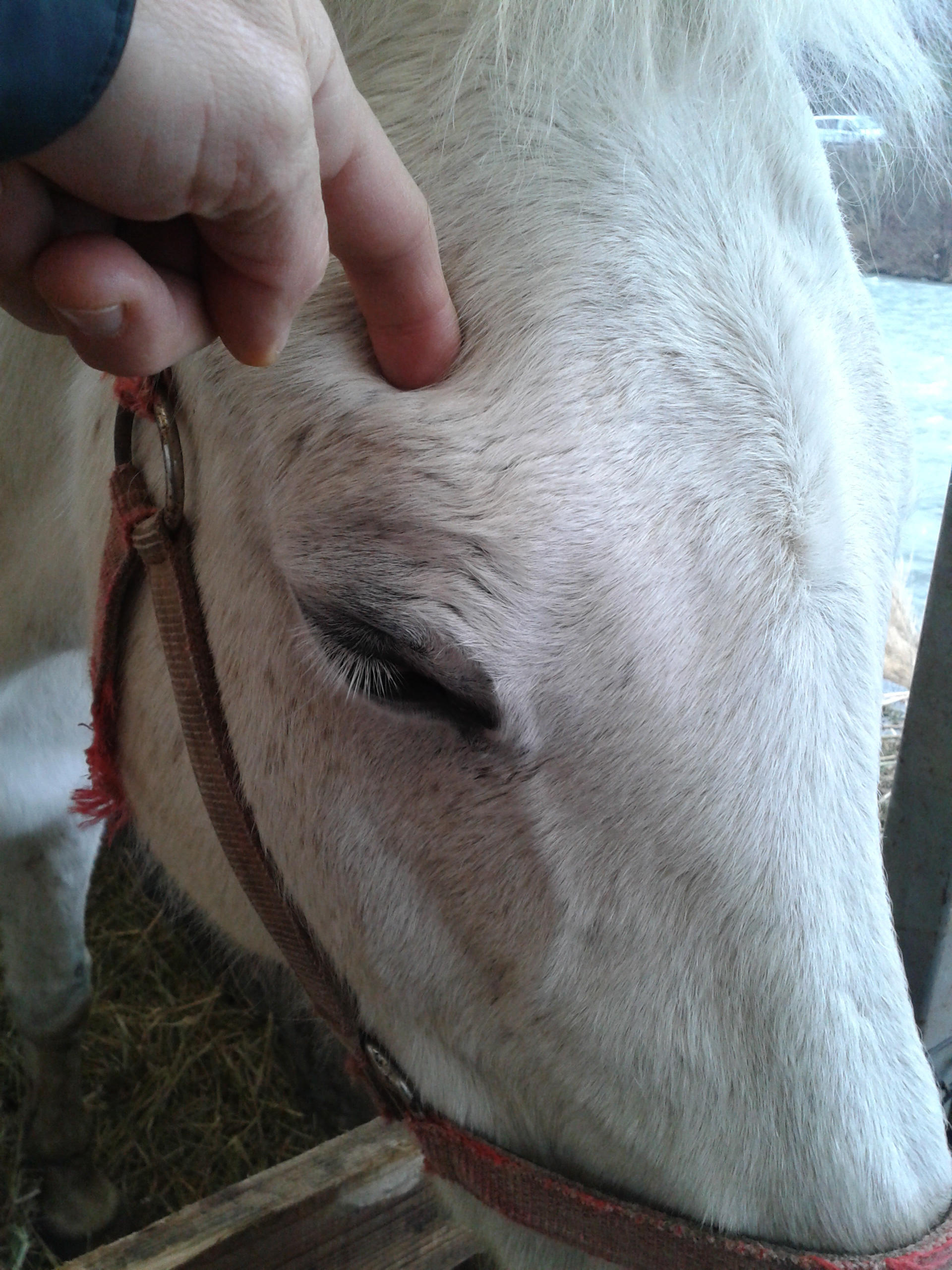
|
|
|
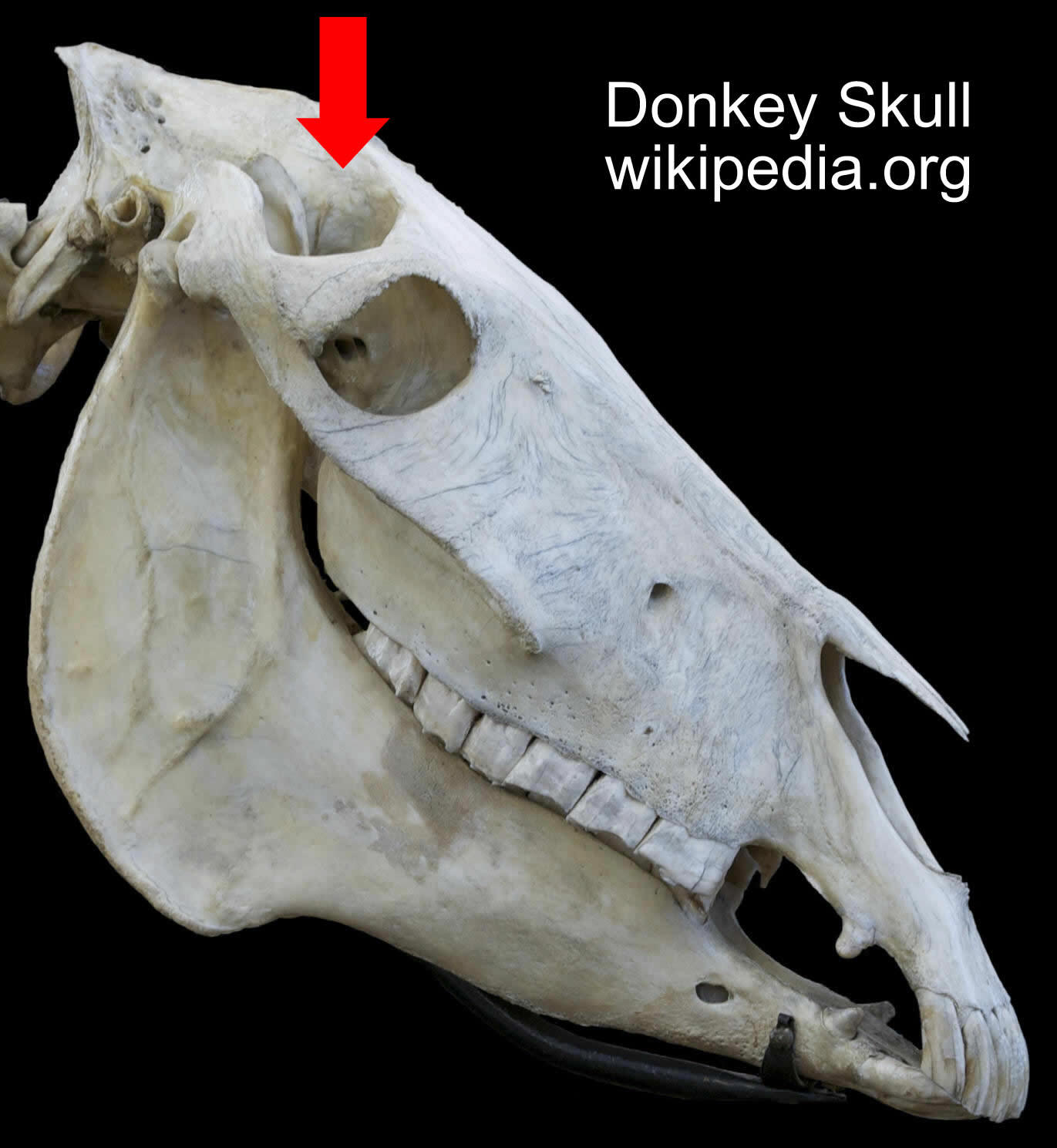 |
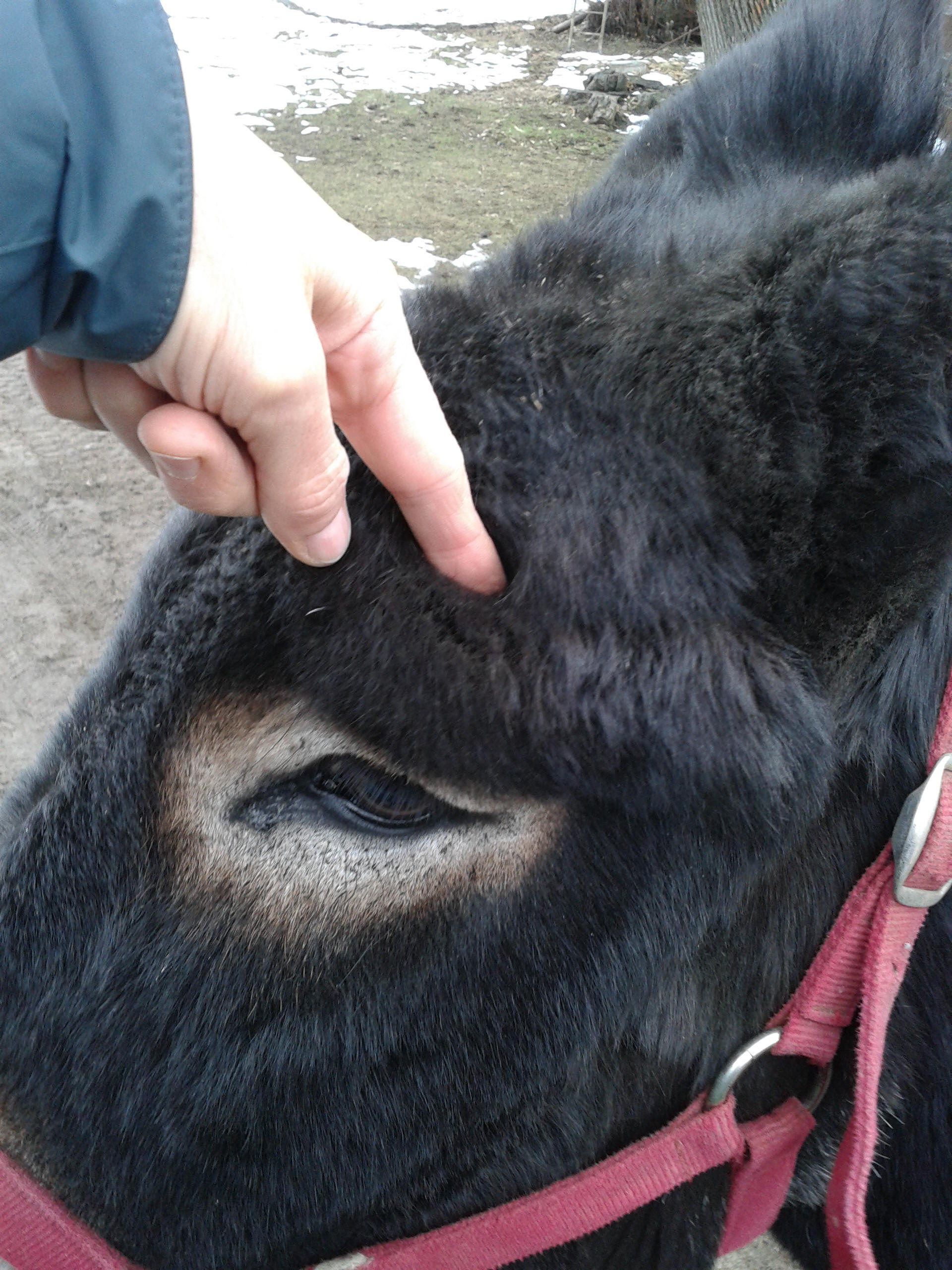 |
|
◊ |
|
Point out of
meridian
EX-HN 6
Er Jian
耳尖
(Ear Tip)
The point EX-HN (6) is
situated at the ear apex, localized at the end of the top of the
line that forms when the ear is folded
along its vertical axis.
As for in other acupuncture points, in men this
point is anonymous and unformed, but in
other mammal
preys (squirrel )
and predators (domestic
and wild cats, caracal)
is equipped with a strongly noticeable tuft
of hair.
Erjian (Ear Tip), which is at the most top of the ear, when you flex
it forward the pavilion (see photo above), is generally know for its
use to care allergies.
The official indications of TCM are: unilateral headache, swelling
and redness of the eye, cataract, etc ... Instead, the indications
coming from comparative anatomical approach are related to the
function of the hair tuft that certain
mammals
(and some
owl but it is rather a sort of eyebrow)
have just at the ear apex, mammals
that live on the trees, on which they move nimbly to find food and
escape predators, the most known are: squirrel, lynx and wild cat.
Getting up and down from a tree and jumping from one tree to another
is not a specialty for everyone, because you go through the branches
at high speed through the branches, and if you're not a bird you
have to balance your body continually, millisecond by millisecond to
avoid injuring yourself or worst precipitate
to the ground.
In addition, the tuft ear could have the function of protect the ear from the
cold as well as that of a mechanical sensor for wind direction (for
predators, see last photo of caracal lynx or American).
According to the comparative anatomical approach the point Erjian
would correspond to gastro-duodenal flexure and valve, and even more
so in the cat-lynx that has pointed ears along with bilobed pancreas
that forms an apex at its top (see pictures at:
http://www.geneticacupuncture.com/it/04.TRchannel&duodenum.IT.htm
). Thus
we can withdraw new rational indications for Erjian such as: posture
control, correcting general disequilibrium and side imbalances, even
though patients and the sain no longer live on the trees.
I would also add a possibile care for dissipating heat or cold from
the head.
En passant, we also can consider the points to treat
gymnasts, classic and modern dancers who make ab incredible
acrobatic work, with related motor issues.
 |
|
|
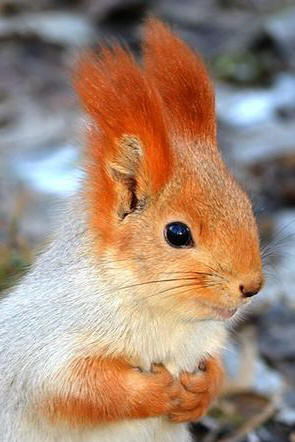 |

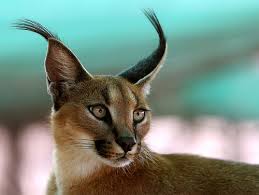 |
|
|
|
 |
|
home/table of contents -
previous -
next |
| | |
